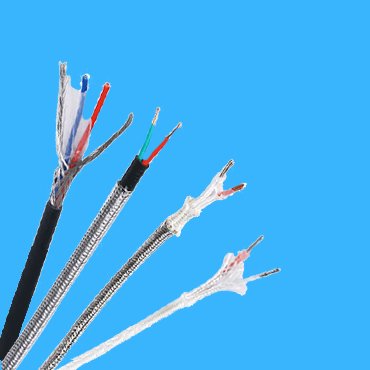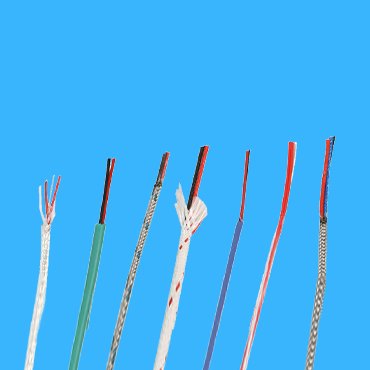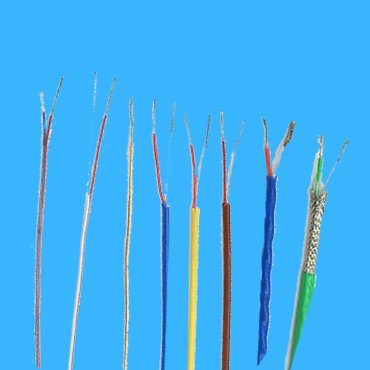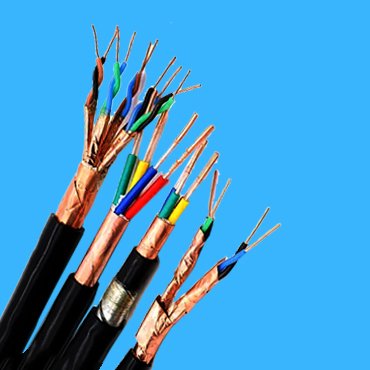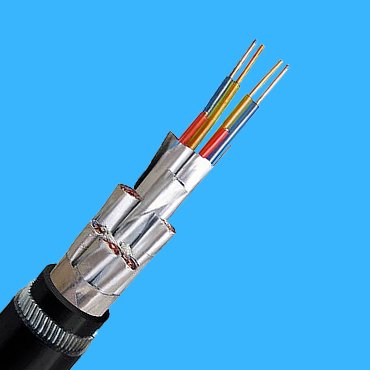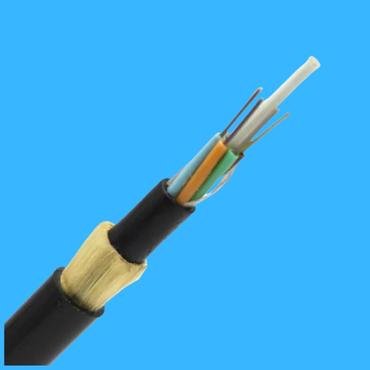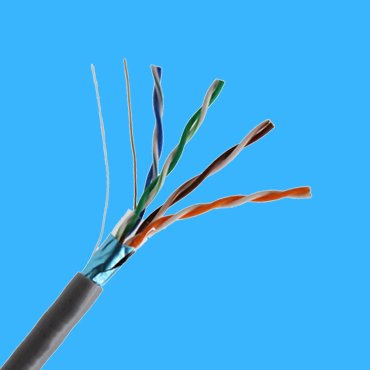A Leading manufacturer of thermocouple cable in China
Leading manufacturer of thermocouple cable since 1970
Cable length on your request
Pre-fabricated with requested thermocouple connector
What is a Thermocouple Cable
Thermocouple cable is used for temperature sensing in industrial process or used as an extension to measuring equipment over a long distance. The sheath materials are PVC, FEP Teflon, LSZH-PVC and fiber glass , high quality FEP Teflon can withstand temperature up to 260℃, and through a continuous extrusion process, it has an excellent performance of acid resistance, anti-alkali, abrasion resistance, which can be immersed in oil and water for long-term use. Mainly used in petroleum plants, chemical plants, metallurgy, power generating plants and other sectors of the automatic temperature measurement instrumentation of single-point or multi-point connection of the equipment.
Normally, it is divided into two main types: thermocouple compensating cable, thermocouple extension cable.
Reference standard:
ANSI m96.1; IEC 60584; BS 1843; DIN 43722; JIS C1610-1981; NF C 42-323
Thermocouple Cable by its Conductor & Sheath material
There are lots of type of thermocouple cable, we can produce the cables for you on your specific technical datasheet or your drawings.
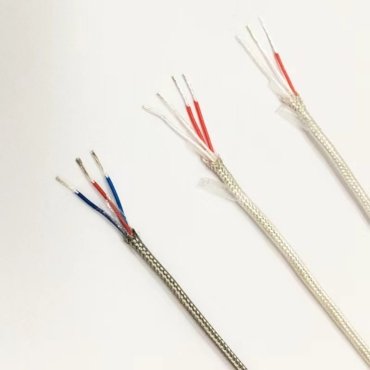
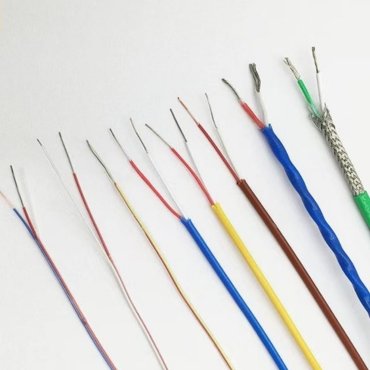
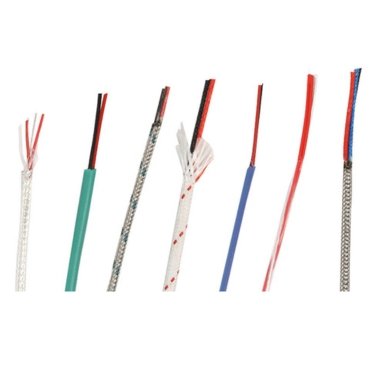
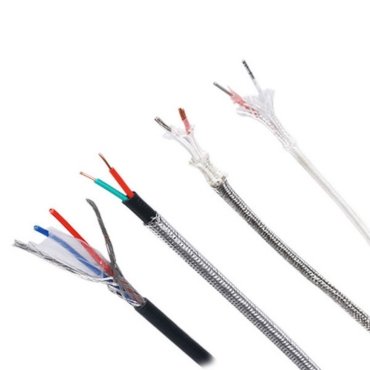
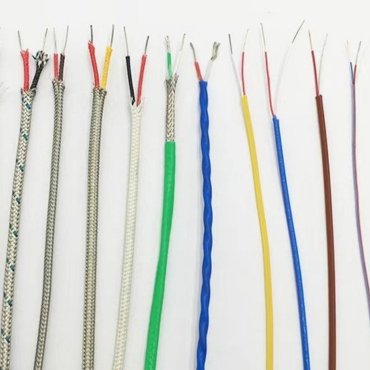

Related Product
What are the different types of thermocouple cable?
It has Platinum thermocouple cable, thermocouple wire type j, thermocouple wire type t, thermocouple wire type k.
What is a thermocouple cable used for
Thermocouple cable is a type of cable used for temperature measurement, which is made of two different metal materials, usually copper and copper nickel alloy. The thermoelectric potential of these two metal materials is different, and when they are connected together, a potential difference is generated, which is proportional to temperature. Therefore, by measuring the potential difference, the temperature can be calculated.Thermocouple cables are widely used in various industrial and scientific fields, such as chemistry, petroleum, pharmaceuticals, food processing, aerospace, etc. In these fields, temperature is a very important parameter as it can affect the quality, safety, and stability of products.The design and manufacturing of thermocouple cables are crucial as they must be able to withstand high temperatures, corrosion, and other harsh environmental conditions. These cables are usually composed of multiple fine wires, which are woven together to form a sturdy cable. In addition, thermocouple cables also need to have good electrical insulation performance to avoid current leakage and other electrical problems.When using thermocouple cables, some precautions need to be taken. Firstly, it is necessary to ensure that the cable connection is firm and reliable to avoid potential difference errors. Secondly, the correct thermocouple type must be selected to adapt to different temperature ranges and environmental conditions. At last, you have to inspect and calibrate thermocouple cables in a regular time to assure its accuracy and stability.Thermocouple cables are a very important measurement tool that has wide applications in various industrial and scientific fields. Proper selection, installation, and maintenance of thermocouple cables can ensure the accuracy and reliability of temperature measurement, thereby improving product quality and safety.
What is temperature range of thermocouple cable?
Temperature range from -104°C to +260°C for a normal thermocouple cable.
Working Principle of a thermocouple cable
The working principle of a thermocouple cable is a closed circuit composed of two uniform conductors of different materials. When there is a temperature difference between the two ends of the conductor, there will be current passing through them, forming a thermoelectric electromotive force. By connecting an instrument in the circuit, the instrument converts this thermoelectric electromotive force into the corresponding temperature. Two types of conductors, one end of which is welded to form a node and serves as the working end, located in the medium to be tested. The other end is connected to a temperature measuring instrument as the reference end. To better understand the following content, we will represent the thermoelectric electromotive force formed in the above temperature measurement circuit as EAB (T1, T0), which is understood as a thermocouple composed of A and B conductors. The working end temperature is T1, the reference end temperature is T0, and the formed thermoelectric electromotive force is EAB (T1, T0). It should be emphasized that thermocouple temperature measurement is ultimately the measurement of the thermoelectric electromotive force at both ends of the thermocouple. The measuring instrument allows us to see the temperature value because it has already converted the thermoelectric electromotive force into temperature.

